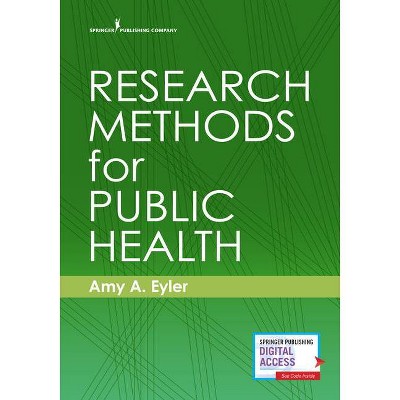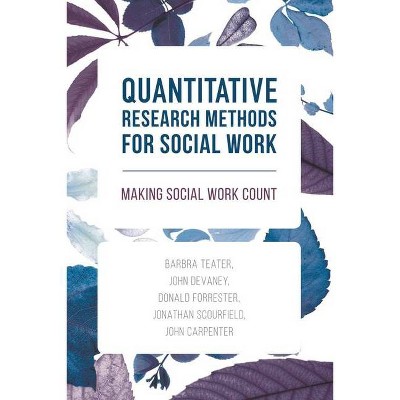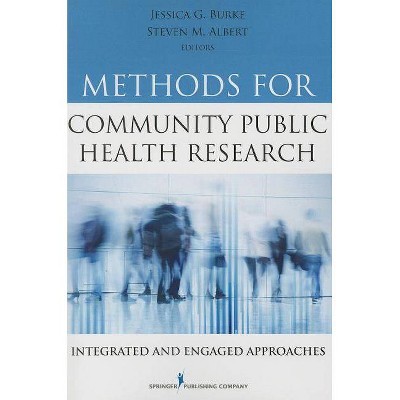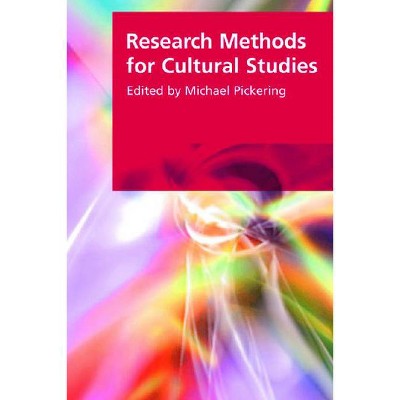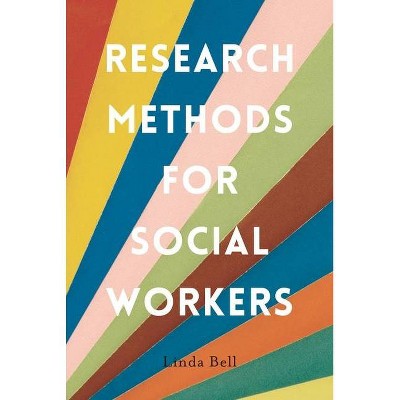Quantitative Methods for Health Research - 2nd Edition,Abridged by Nigel Bruce & Daniel Pope & Debbi Stanistreet (Paperback)
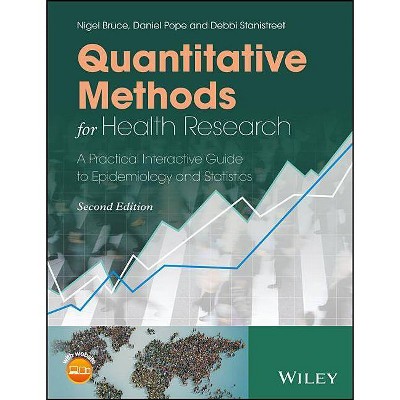
Similar Products
Products of same category from the store
AllProduct info
<p/><br></br><p><b> Book Synopsis </b></p></br></br><p><b>A practical introduction to epidemiology, biostatistics, and research methodology for the whole health care community</b></p> <p>This comprehensive text, which has been extensively revised with new material and additional topics, utilizes a practical slant to introduce health professionals and students to epidemiology, biostatistics, and research methodology. It draws examples from a wide range of topics, covering all of the main contemporary health research methods, including survival analysis, Cox regression, and systematic reviews and meta-analysis--the explanation of which go beyond introductory concepts. This second edition of <i>Quantitative Methods for Health Research: A Practical Interactive Guide to Epidemiology and Statistics</i> also helps develop critical skills that will prepare students to move on to more advanced and specialized methods.</p> <p>A clear distinction is made between knowledge and concepts that all students should ensure they understand, and those that can be pursued further by those who wish to do so. Self-assessment exercises throughout the text help students explore and reflect on their understanding. A program of practical exercises in SPSS (using a prepared data set) helps to consolidate the theory and develop skills and confidence in data handling, analysis, and interpretation. Highlights of the book include: </p> <ul> <li>Combining epidemiology and bio-statistics to demonstrate the relevance and strength of statistical methods</li> <li>Emphasis on the interpretation of statistics using examples from a variety of public health and health care situations to stress relevance and application</li> <li>Use of concepts related to examples of published research to show the application of methods and balance between ideals and the realities of research in practice</li> <li>Integration of practical data analysis exercises to develop skills and confidence</li> <li>Supplementation by a student companion website which provides guidance on data handling in SPSS and study data sets as referred to in the text</li> </ul> <p><i>Quantitative Methods for Health Research, Second Edition</i> is a practical learning resource for students, practitioners and researchers in public health, health care and related disciplines, providing both a course book and a useful introductory reference. </p><p/><br></br><p><b> From the Back Cover </b></p></br></br><p><b> A practical introduction to epidemiology, biostatistics, and research methodology for the whole health care community </b> <p> This comprehensive text, which has been extensively revised with new material and additional topics, utilizes a practical slant to introduce health professionals and students to epidemiology, biostatistics, and research methodology. It draws examples from a wide range of topics, covering all of the main contemporary health research methods, including survival analysis, Cox regression, and systematic reviews and meta-analysis--the explanation of which go beyond introductory concepts. This second edition of <em>Quantitative Methods for Health Research: A Practical Interactive Guide to Epidemiology and Statistics</em> also helps develop critical skills that will prepare students to move on to more advanced and specialized methods. <p> A clear distinction is made between knowledge and concepts that all students should ensure they understand, and those that can be pursued further by those who wish to do so. Self-assessment exercises throughout the text help students explore and reflect on their understanding. A program of practical exercises in SPSS (using a prepared data set) helps to consolidate the theory and develop skills and confidence in data handling, analysis, and interpretation. Highlights of the book include: <ul> <li>Combining epidemiology and bio-statistics to demonstrate the relevance and strength of statistical methods</li> <li>Emphasis on the interpretation of statistics using examples from a variety of public health and health care situations to stress relevance and application</li> <li>Use of concepts related to examples of published research to show the application of methods and balance between ideals and the realities of research in practice</li> <li>Integration of practical data analysis exercises to develop skills and confidence</li> <li>Supplementation by a student companion website which provides guidance on data handling in SPSS and study data sets as referred to in the text</li> </ul> <br> <p> <em>Quantitative Methods for Health Research, Second Edition</em> is a practical learning resource for students, practitioners and researchers in public health, health care and related disciplines, providing both a course book and a useful introductory reference.<p/><br></br><p><b> About the Author </b></p></br></br><p> <strong>Nigel Bruce, PhD</strong> is Emeritus Professor of Public Health at the Department of Public Health and Policy, University of Liverpool, UK. <p> <strong>Daniel Pope, PhD</strong> is Senior Lecturer in Epidemiology and Public Health at the Department of Public Health and Policy, University of Liverpool, UK. <p> <strong>Debbi Stanistreet, PhD</strong> is Senior Lecturer and Faculty Director of Widening Participation at the Department of Public Health and Policy, University of Liverpool, UK.
Price History
Price Archive shows prices from various stores, lets you see history and find the cheapest. There is no actual sale on the website. For all support, inquiry and suggestion messages communication@pricearchive.us
